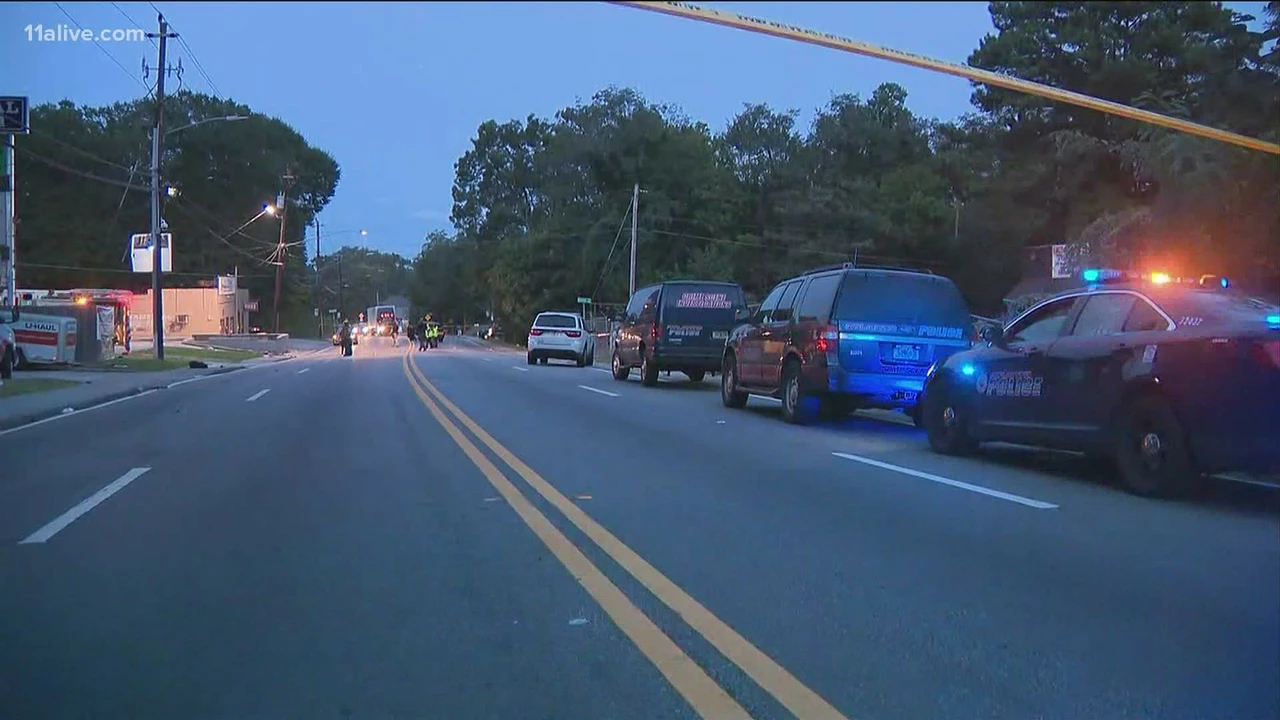Grasping the Seriousness of Hit-and-Run Incidents
As diligent students, we must understand the role of law enforcement in our society and how they strive to protect us. Today, we'll explore a topic not usually discussed in our classrooms—hit-and-run cases—and investigate how law enforcement officials address them. Picture a hit-and-run incident and ask yourself, do the police actively track down the offender? Are they as determined as a student on a "write my essay for me website," ready to tackle any challenge? Can they successfully locate the perpetrator, or does the case slip through the cracks?
Initial Response and Investigation
Firstly, it's vital to know that the police force treats hit-and-run cases with the utmost gravity. It's their standard procedure to launch a thorough investigation promptly, like how we might delve into an intense research project. The investigation begins at the scene of the incident, where they look for clues, gather evidence, and interview witnesses, much as they would for any other crime.
Significance of Forensic Science
Next, we consider the role of forensic science. Forget your perceptions from crime dramas; real-life forensic teams don't solve cases within an hour. The truth is forensics provide crucial tangible evidence such as fingerprints, traces of paint, and other details that might lead to the identification of hit-and-run offenders.
Technology: An Essential Aid
In this technologically advanced era, tools like surveillance, traffic, and dashboard cameras play a significant role, much like the indispensable online resources we use for our studies. These technological tools assist in identifying the vehicle involved and its subsequent direction.
Utilizing the Power of Digital Databases
Police departments employ powerful databases similar to how we use search engines for our assignments. Persistently tracking license plate numbers, scanning records, and connecting dots, the police navigate through their systems until they make headway on the case.
The Role of Community Participation
We also must acknowledge our role as responsible citizens in these cases. Community support is crucial in hit-and-run cases. Information like security camera footage or a noted license plate can be invaluable. Your willingness to help can significantly contribute to solving the case.
The Importance of Social Responsibility
Being socially responsible means stepping forward with information if you witness an incident, just as you'd assist a classmate with their coursework. Our active participation can aid the police in tracking down the offender.
Confronting the Challenges
As is often the case with difficult assignments, hit-and-run cases pose significant challenges. Despite their best efforts, police can face obstacles such as a lack of witnesses, unclear surveillance footage, or insufficient leads. These can make the case difficult to solve, reflecting a harsh reality.
Continued Persistence is Crucial
However, law enforcement doesn't simply give up. They continue their pursuit of justice, often revisiting unsolved cases when new evidence or technology emerges. Their dedication reflects our commitment to academic success, constantly striving for better understanding and performance.
Seeking Resolution
The police, with their dedication and tenacity, strive for closure in every case, including hit-and-runs. They aim to apprehend the offender and provide closure for the victims and their families. This parallels our drive to resolve complex academic problems and achieve satisfying solutions.
Ensuring Fairness for All
When the police track down the hit-and-run driver, the system ensures they are brought to court for a fair trial, similar to how all students are given fair opportunities to prove their understanding in exams. Our law enforcement works tirelessly to ensure justice for everyone, from the perpetrator to the victim.
Concluding our in-depth exploration, the police are undoubtedly dedicated to resolving hit-and-run cases. They employ traditional investigation techniques, modern technology, and community help while overcoming various challenges in pursuing truth and justice.
